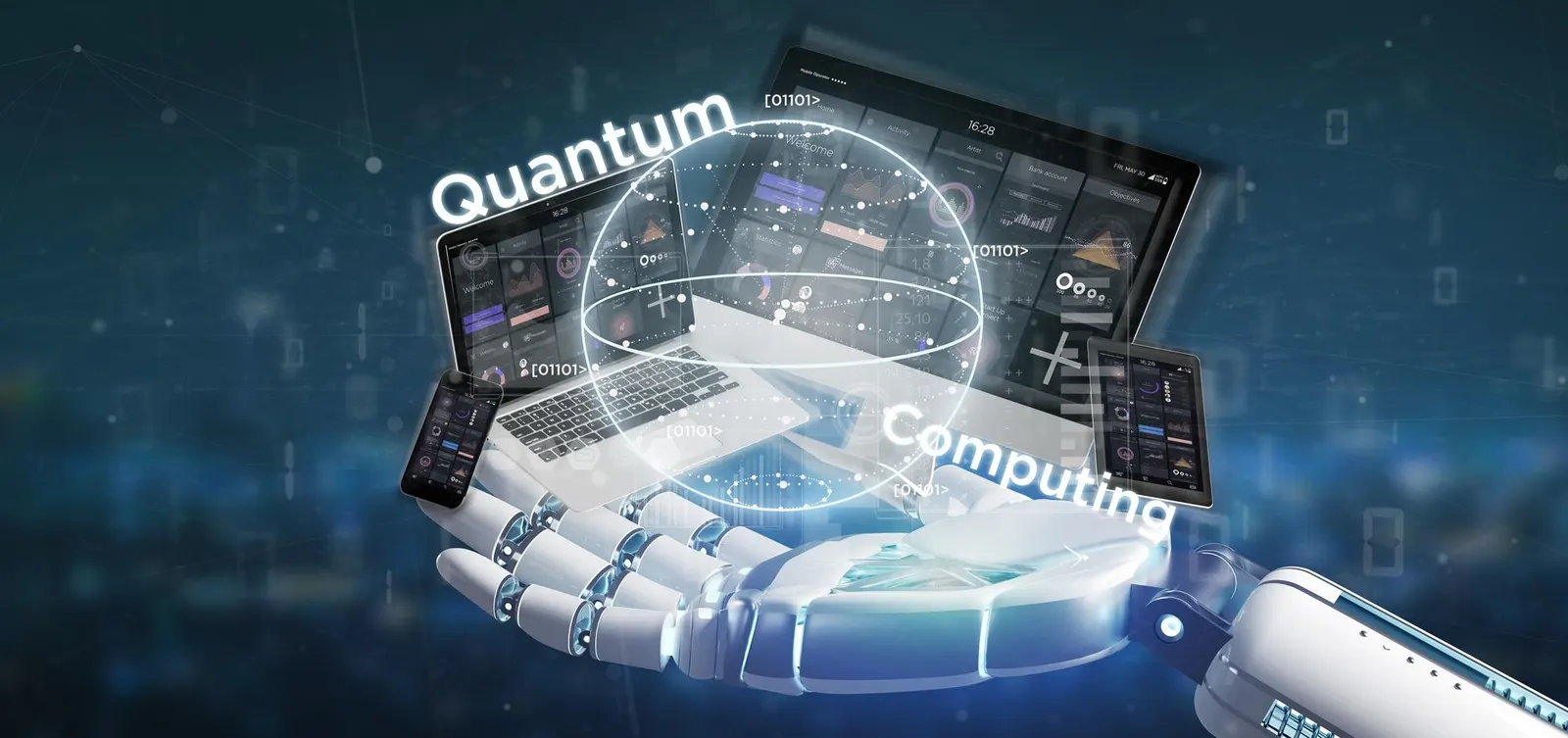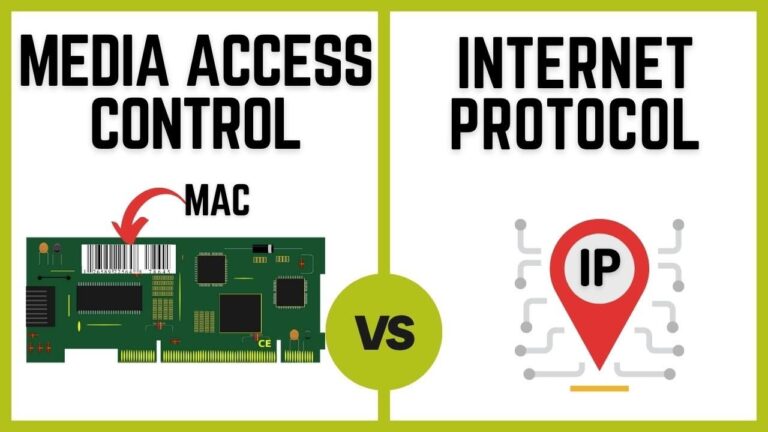Edge vs Quantum Computing: Which is Better for Gaming?

Games today rely heavily on advanced technologies to deliver smooth and immersive experiences. This need is particularly evident in multiplayer games and cloud-based platforms, where fast data processing, minimal lag, and real-time responsiveness are crucial for a seamless experience.
There are several ways to address the challenges of high-performance gaming, two of which are Edge Computing and Quantum Computing. While they both contribute to better gaming experiences through faster data processing or improved handling of massive amounts of information, they function differently.
In this post, we’ll explore how Edge and Quantum Computing differ and which is better for gaming.
Processing Speed and Latency
One of the most critical aspects of gaming is how quickly the game responds to player inputs. For example, in a quick game of Online Slots – Play Now, players expect the game to react instantly. Any delay, no matter how small, can disrupt the experience and cause frustration, especially when players want to play now without interruptions.
This is where Edge Computing comes in. Edge Computing helps reduce latency by processing data closer to the player’s location. This means less time is spent sending information back and forth between the user and the data center, ensuring smoother gameplay, especially for fast-paced games where even a fraction of a second matters.
Quantum Computing, in contrast, isn’t quite there yet for real-time gaming. Its potential to quickly process vast amounts of data is exciting, but it’s still in the research phase. Gamers may have to wait a while before Quantum Computing can offer the speed needed for high-paced gaming without lag.
Data Handling and Bandwidth
Gaming today is more data-intensive than ever before. Games with expansive open worlds and real-time multiplayer interactions generate massive amounts of data that must be processed quickly. Large-scale multiplayer games, for example, rely on constant data updates to ensure that all players experience smooth and uninterrupted gameplay.
Edge Computing addresses this challenge by handling data processing at local nodes, reducing the strain on central servers, and minimizing the bandwidth required. This localized data processing ensures faster response times, allowing players to enjoy smoother gameplay without lag, even in data-heavy environments.
While promising for future applications, Quantum Computing is still in its developmental phase. It has the potential to handle vast amounts of data more efficiently than current systems. Still, Edge Computing remains the more practical solution for managing data and bandwidth in gaming.
Energy Efficiency and Hardware Requirements
Gaming can be power-hungry, especially when running graphics-intensive titles. High-performance gaming systems and servers consume significant energy, which can increase costs and have environmental impacts. As gamers demand better graphics and smoother experiences, energy efficiency becomes critical.
Edge Computing helps improve energy efficiency by distributing data processing across multiple local nodes, reducing the load on centralized servers and hardware. This distributed approach reduces latency and helps save energy, as the processing is spread out over a network of devices rather than relying on a single source.
On the other hand, Quantum Computing is still far from energy-efficient for gaming purposes. The technology requires complex, power-hungry hardware that is not yet scalable for everyday use. While the potential for Quantum to improve efficiency exists, Edge Computing currently offers a more energy-efficient solution for gaming.
Scalability for Multiplayer and Cloud Gaming
Multiplayer and cloud gaming require infrastructure that can easily scale to accommodate many players. Whether it’s a battle royale with hundreds of participants or a cloud gaming service catering to thousands, scalability is essential to maintaining performance and keeping players engaged.
Edge Computing is designed for scalability. By distributing processing across local nodes, it can handle large volumes of players without causing server overload or lag. This makes it ideal for multiplayer and cloud gaming platforms, as the infrastructure can grow with demand while maintaining smooth performance.
Quantum Computing holds great promise for scalability, especially for complex systems that need to handle vast amounts of data simultaneously. However, it’s still a long way from being integrated into gaming at scale. Until then, Edge Computing provides the necessary scalability to support the ever-growing world of multiplayer and cloud-based games.
Cost and Accessibility
Cost is always a factor when integrating new technology into gaming. Developers and gamers alike look for solutions that provide the best performance without excessive costs. Making high-performance gaming accessible to more people is key to the industry’s growth.
Edge Computing is currently the more affordable and accessible option. It’s already widely available and can be integrated into existing infrastructures without requiring massive investments in new hardware. Edge Computing offers a practical solution for developers and gamers looking for a cost-effective way to improve gaming performance.
Quantum Computing, on the other hand, is still in the early stages of development and comes with a high cost of entry. The technology is expensive to implement and is not yet accessible to the wider gaming community. While Quantum has the potential to revolutionize gaming in the future, Edge Computing remains the more viable and affordable option for now.
Final Thoughts
Edge Computing currently provides the best solution for reducing latency and improving real-time performance in games. However, Quantum Computing holds the potential to revolutionize the industry with advanced processing power.


